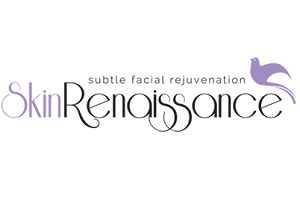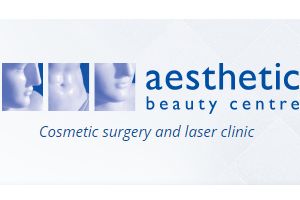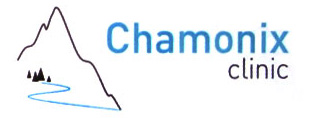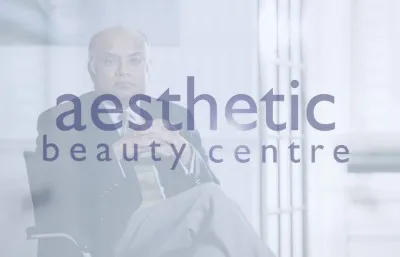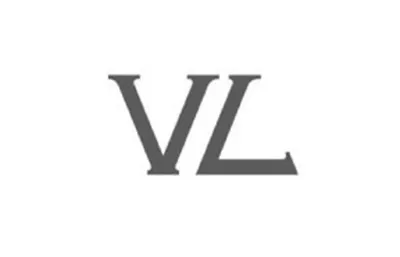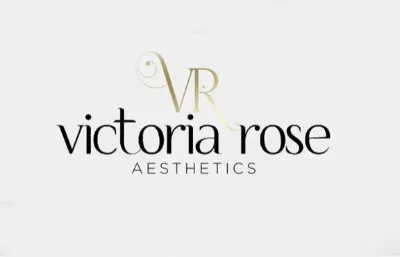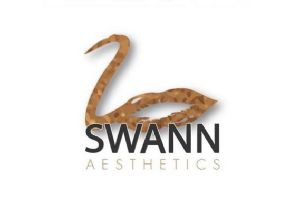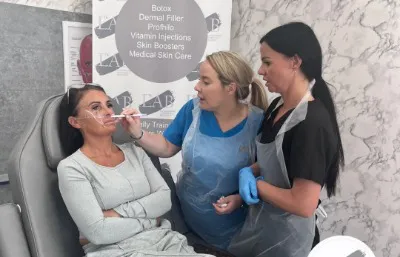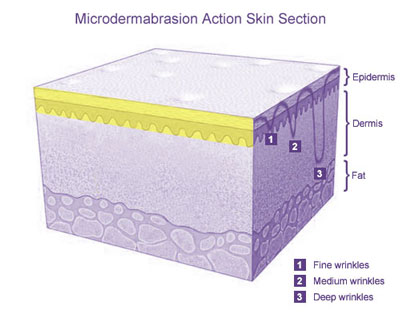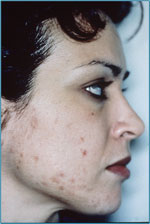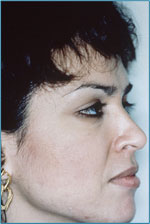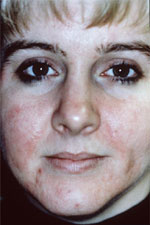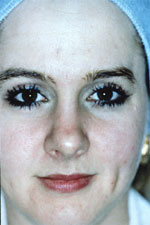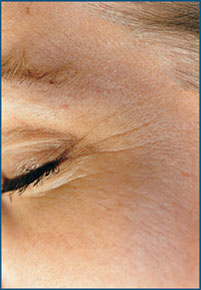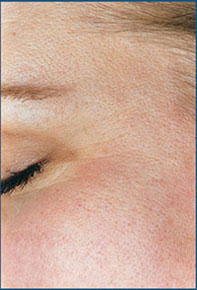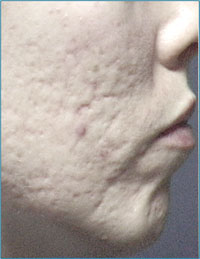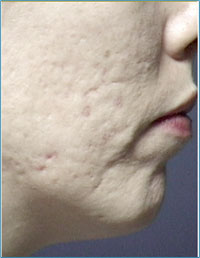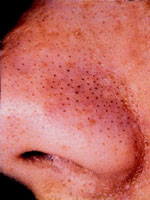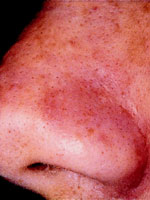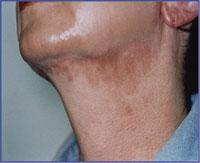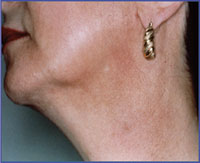Your first discussion with a practitioner should clearly set out your expectations and what the practitioner thinks will happen to your skin as a result of microdermabrasion. A medical history should be taken, to ensure that there are no reasons why you shouldn’t have the treatment, and you would normally be asked to sign a consent form at this time which means that you have understood the potential benefits and risks associated with microdermabrasion.
Photographs may also be taken by the practitioner, as a “before and after” comparison at a later date.
If you have a history of herpes simplex infections (cold sores), an anti-viral drug may be prescribed as a precaution for the course of the treatment.
The skin is usually cleaned prior to treatment, and you will be provided with goggles to protect your eyes from any stray crystals as the wand of the microdermabrasion machine is passed over the skin in smooth, stroking movements. The intensity (or pressure at which the crystals hit your skin) of treatment can be varied, either by altering the amount of crystals used, the pressure used, or the length of treatment.
Crystals are directed onto the face and then immediately “vacuumed “ away, along with the loosened skin particles. All the waste goes into a separate, closed container to make sure that there is no risk of contamination from dead skin products.
The crystals are not re-used.
Follow-up treatment
This procedure can be repeated every week or so for a series of 5 to 10 sessions. Maintenance treatments can then be scheduled every three or four months.

